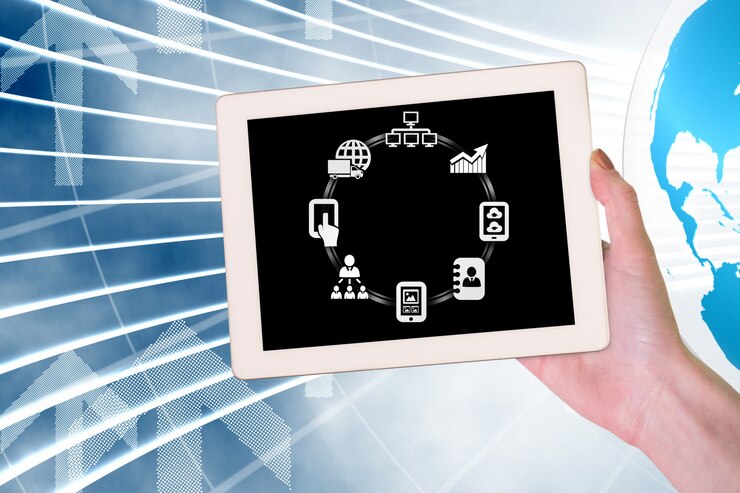Blockchain is one of the most talked-about technologies of the 21st century, yet it remains widely misunderstood. Often associated with cryptocurrencies like Bitcoin, blockchain is much more than just a foundation for digital currencies. This article will break down the key concepts of blockchain, its applications, and how it is reshaping industries.
What is Blockchain?
At its core, blockchain is a decentralized, distributed ledger technology (DLT) that records transactions securely and transparently. Unlike traditional databases that rely on a central authority, blockchain operates on a peer-to-peer network where every transaction is verified by multiple participants, known as nodes.
Each block in the blockchain contains a set of transactions, a timestamp, and a reference to the previous block, forming a continuous, unalterable chain. This structure ensures that data remains secure and tamper-proof, making blockchain one of the most reliable technologies for digital transactions.
Key Features of Blockchain
- Decentralization – No single entity controls the blockchain, reducing the risk of corruption and single points of failure.
- Transparency – All transactions are visible to network participants, increasing trust and accountability.
- Security – Cryptographic encryption ensures that data stored on the blockchain remains immutable and secure.
- Efficiency – Smart contracts automate processes, reducing the need for intermediaries and increasing transaction speed.
Applications of Blockchain Beyond Cryptocurrency
While blockchain is the backbone of cryptocurrencies, its potential extends far beyond digital assets. Here are some notable use cases:
- Supply Chain Management: Companies use blockchain to track product origins, ensuring transparency and reducing fraud.
- Healthcare: Secure patient records and facilitate data sharing among healthcare providers without compromising privacy.
- Finance: Decentralized finance (DeFi) platforms allow users to access financial services without traditional banks.
- Voting Systems: Blockchain can enhance electoral integrity by providing secure, transparent voting mechanisms.
- Real Estate: Smart contracts simplify property transactions by automating agreements and eliminating paperwork.
Challenges and Future of Blockchain
Despite its many advantages, blockchain faces challenges such as scalability, high energy consumption (in proof-of-work systems), and regulatory uncertainties. However, continuous innovations like proof-of-stake mechanisms and layer-2 scaling solutions aim to address these issues, paving the way for a more efficient and sustainable blockchain ecosystem.
Conclusion
Blockchain technology is revolutionizing industries by enhancing security, transparency, and efficiency. As adoption grows, understanding its fundamentals will become crucial for businesses and individuals alike. Whether in finance, healthcare, or supply chain management, blockchain’s potential is vast, making it a technology to watch in the years to come.



